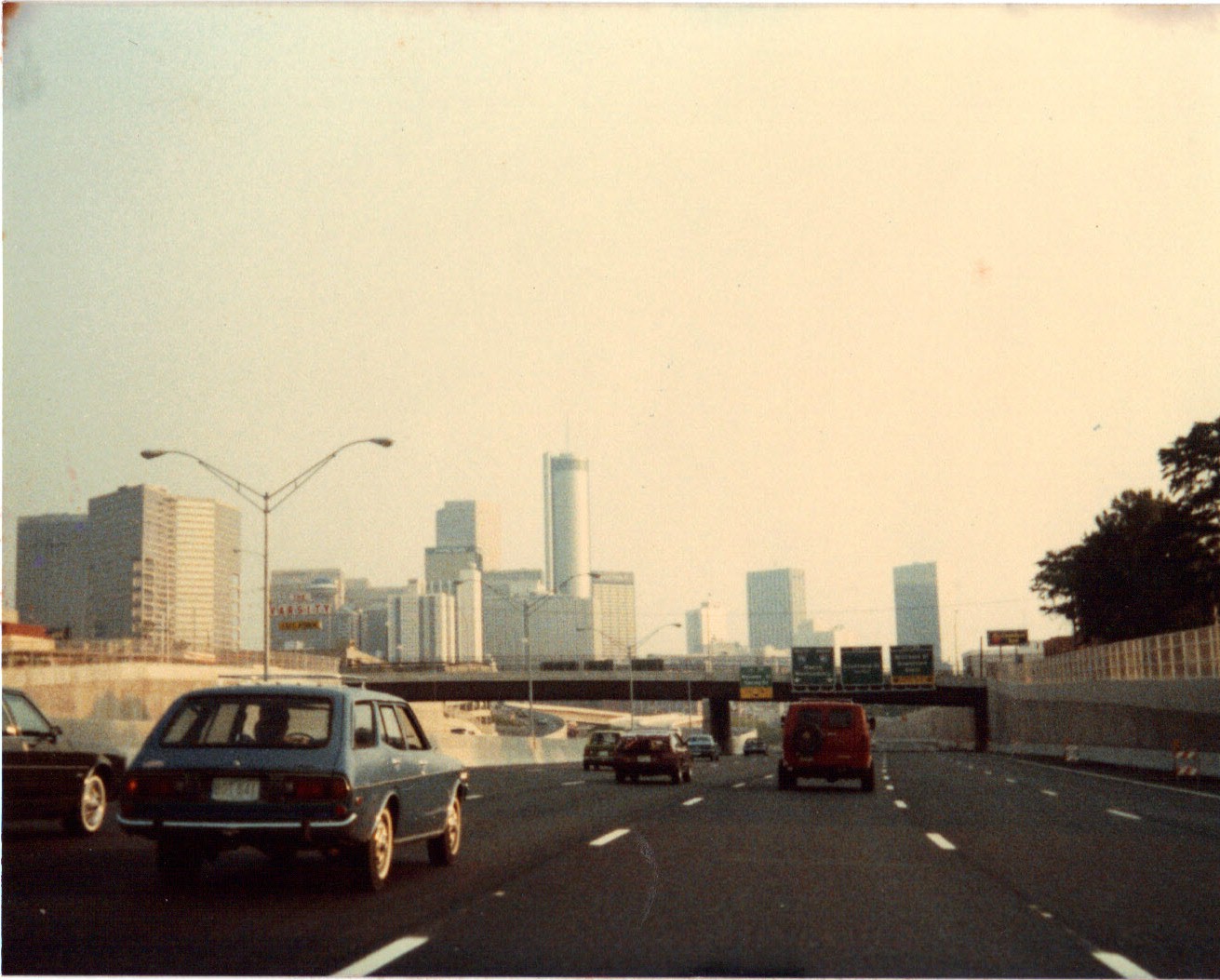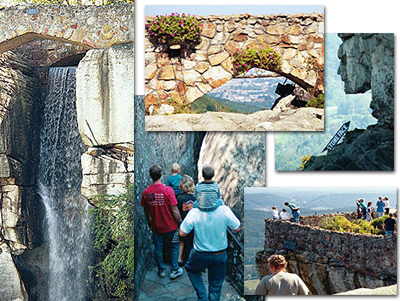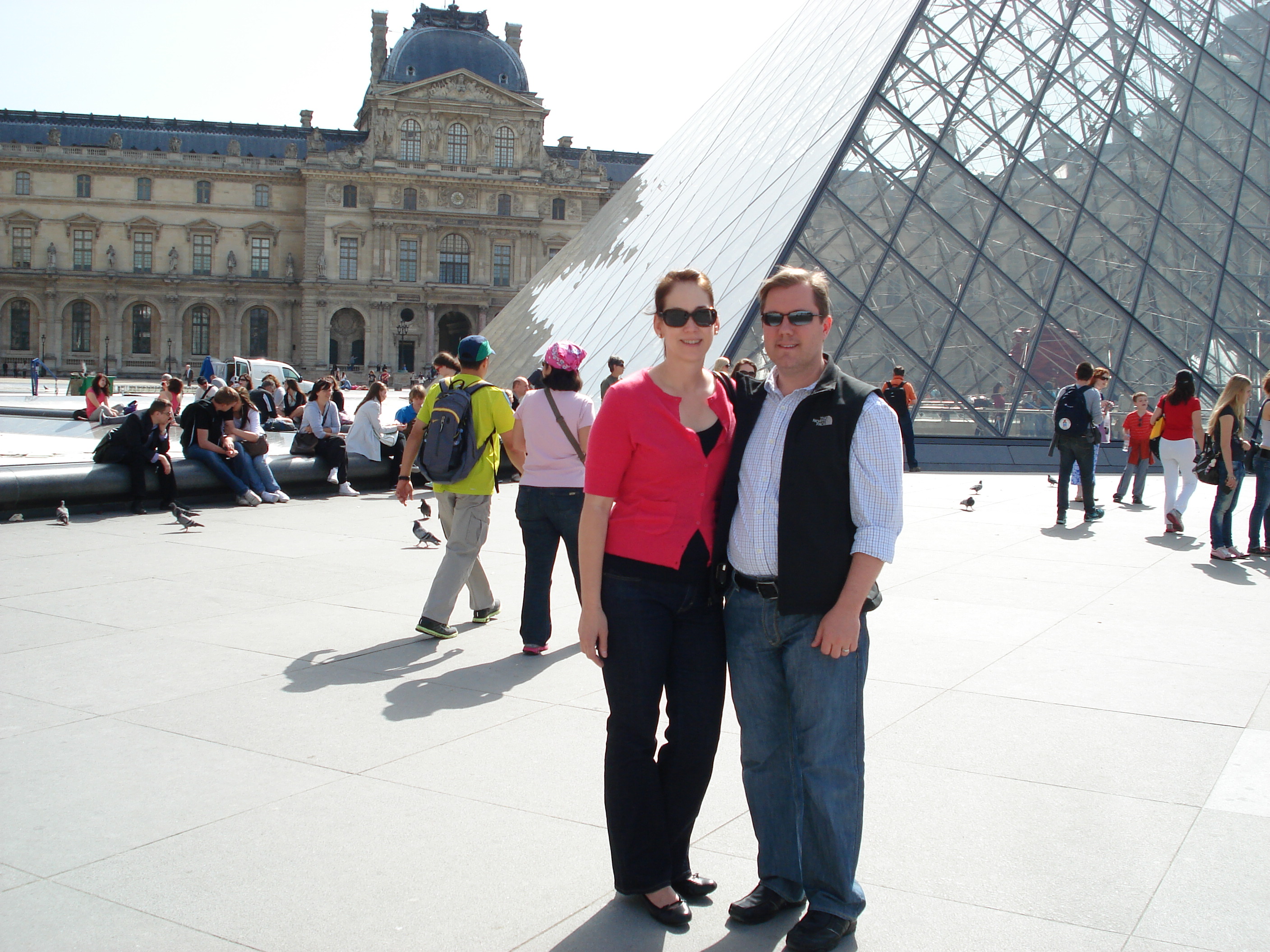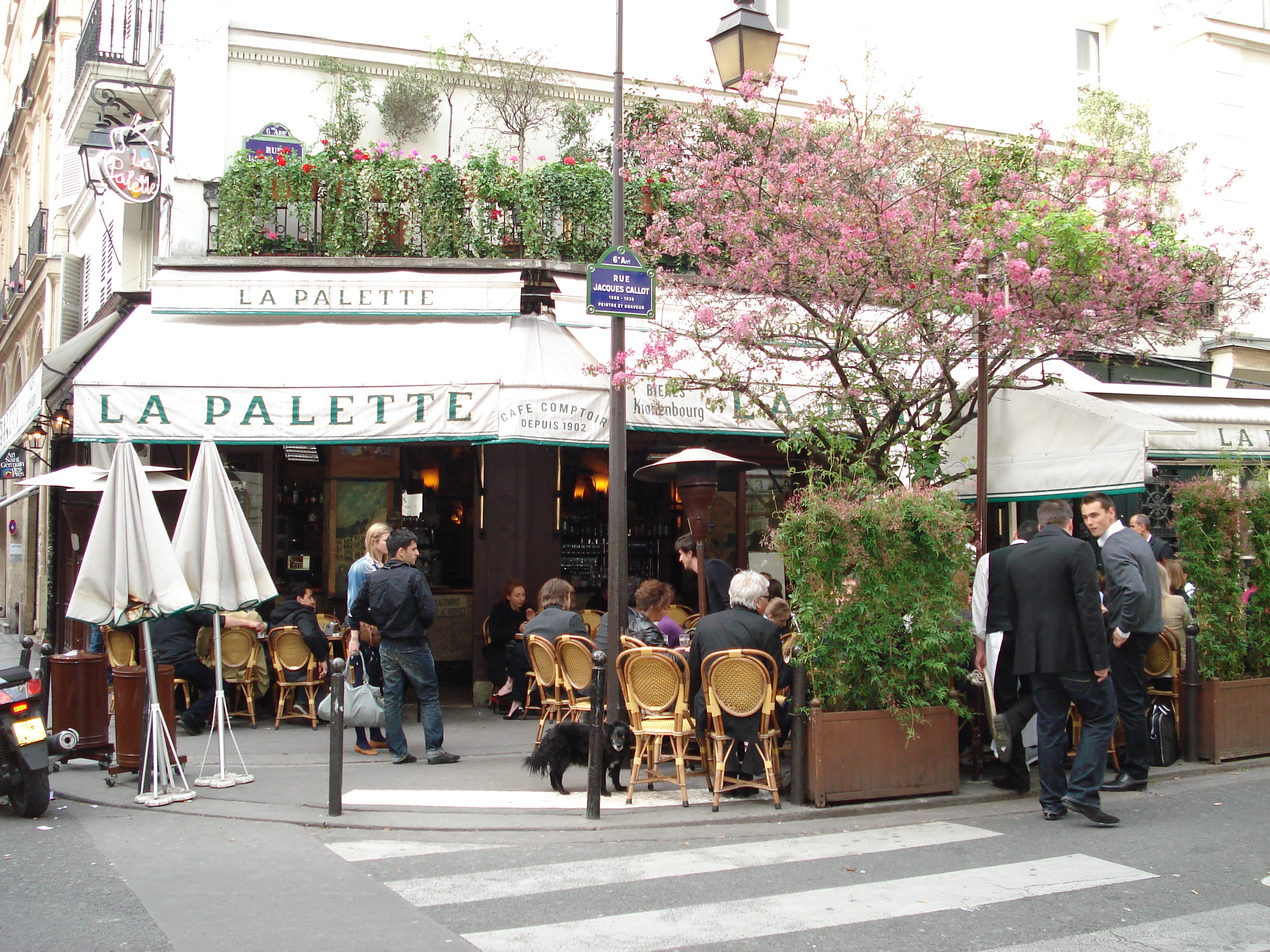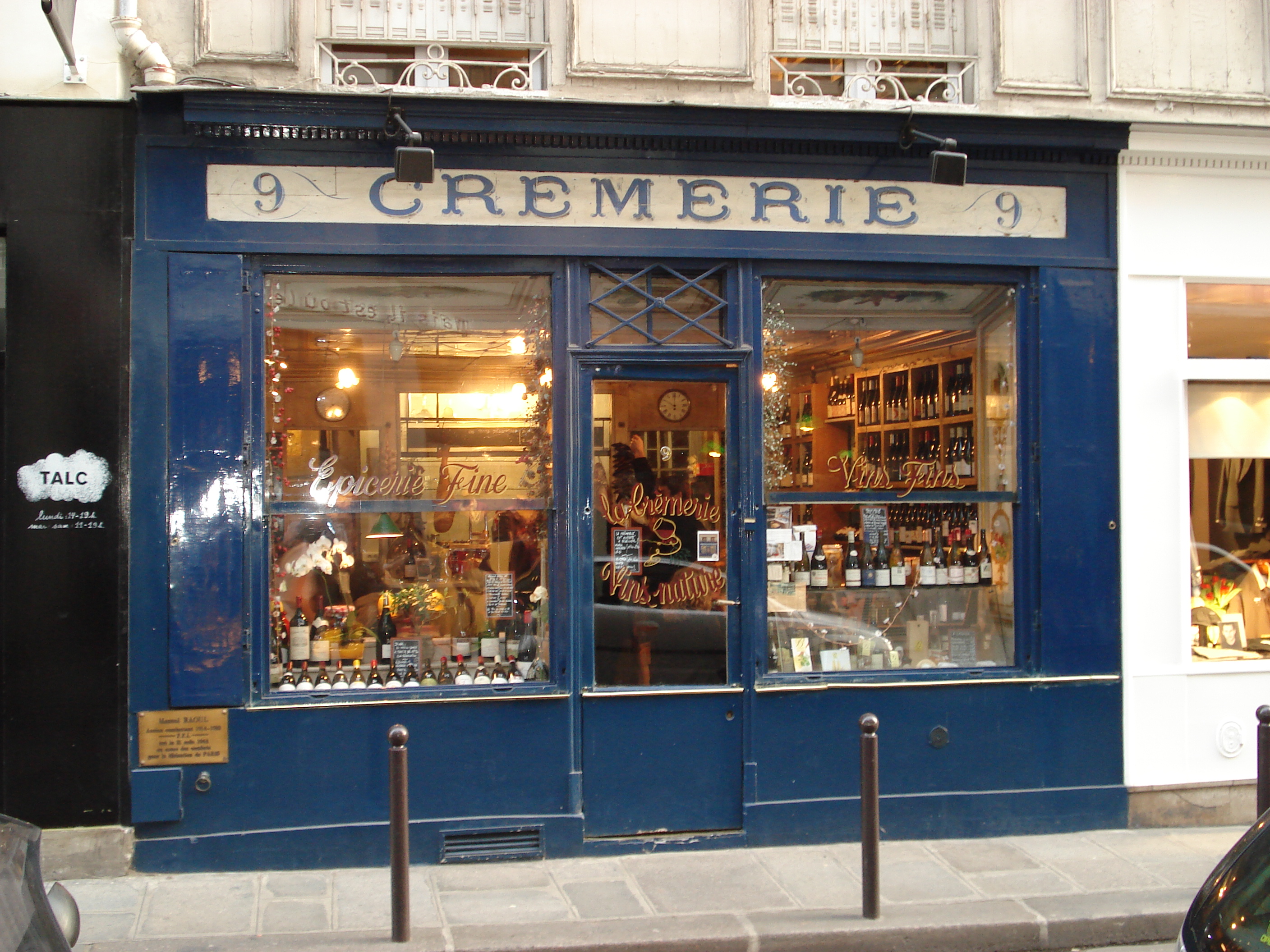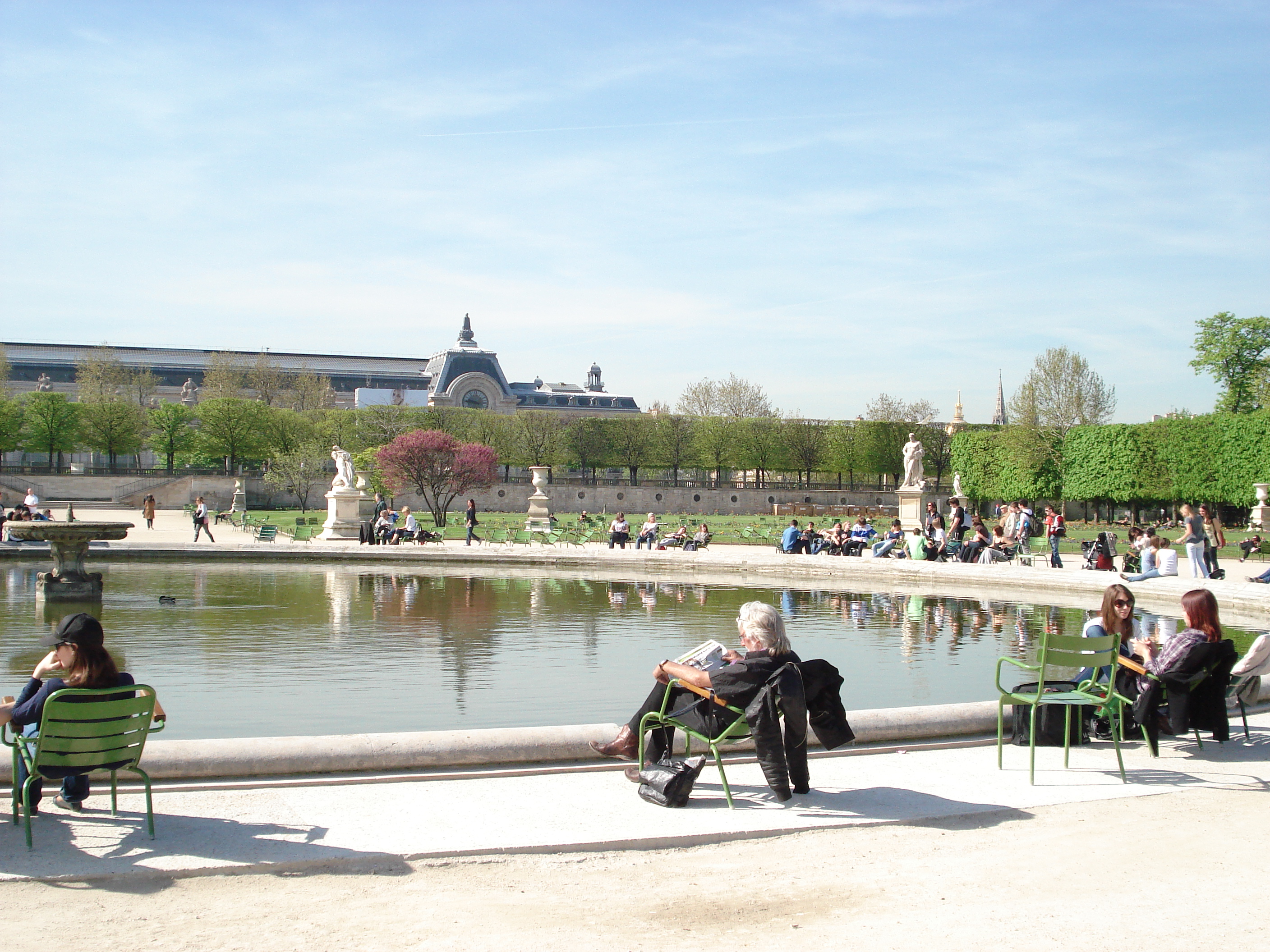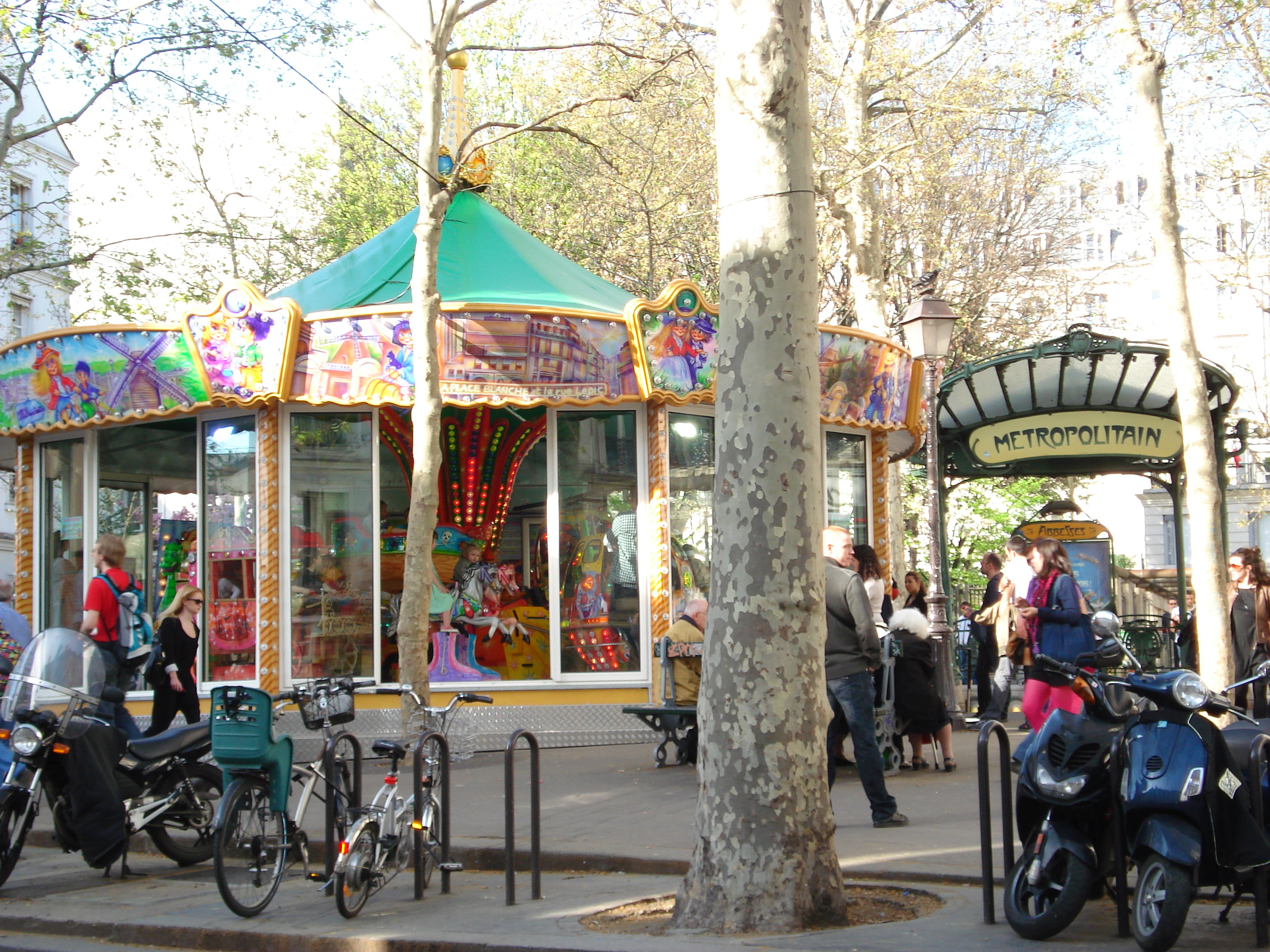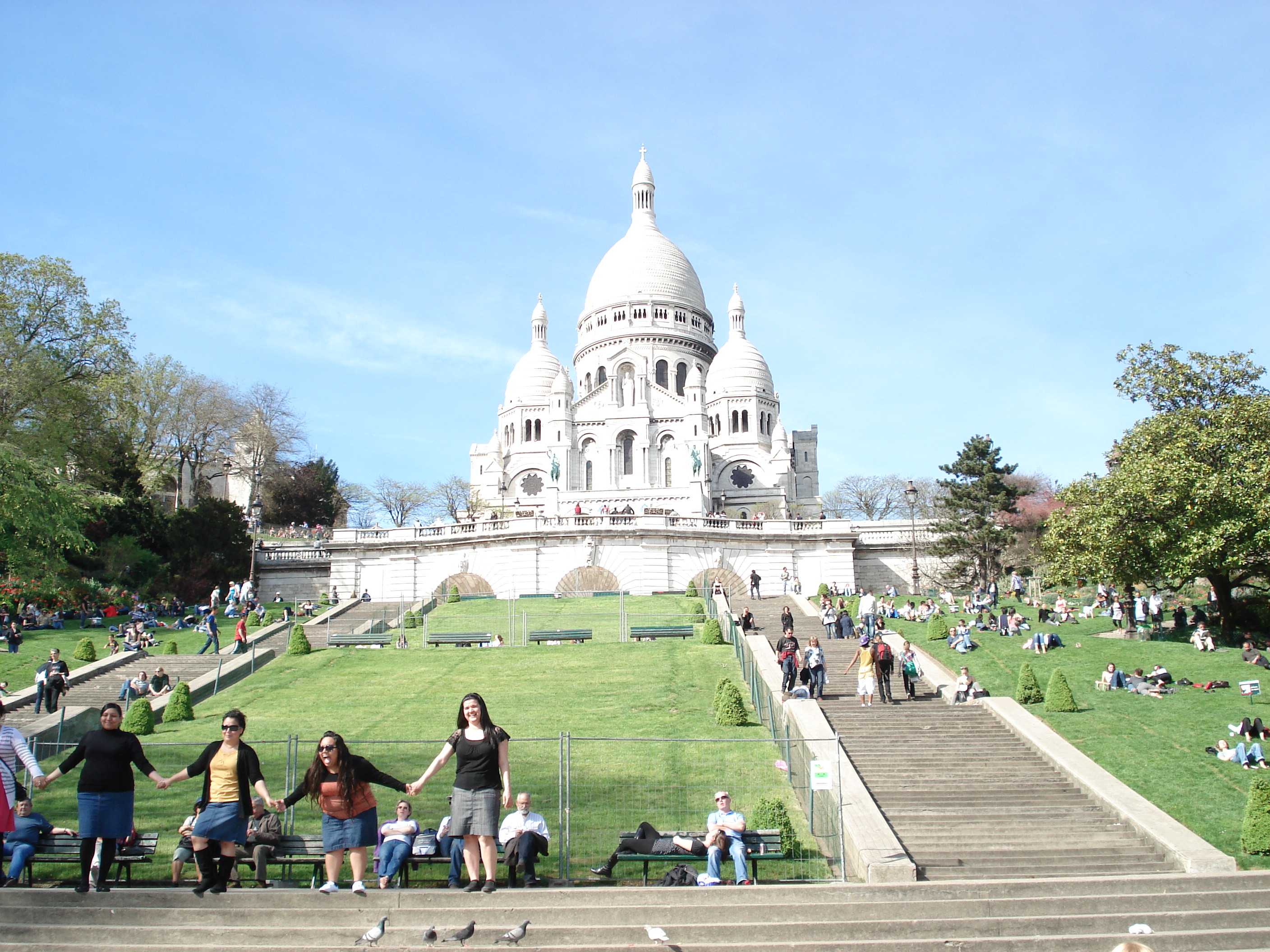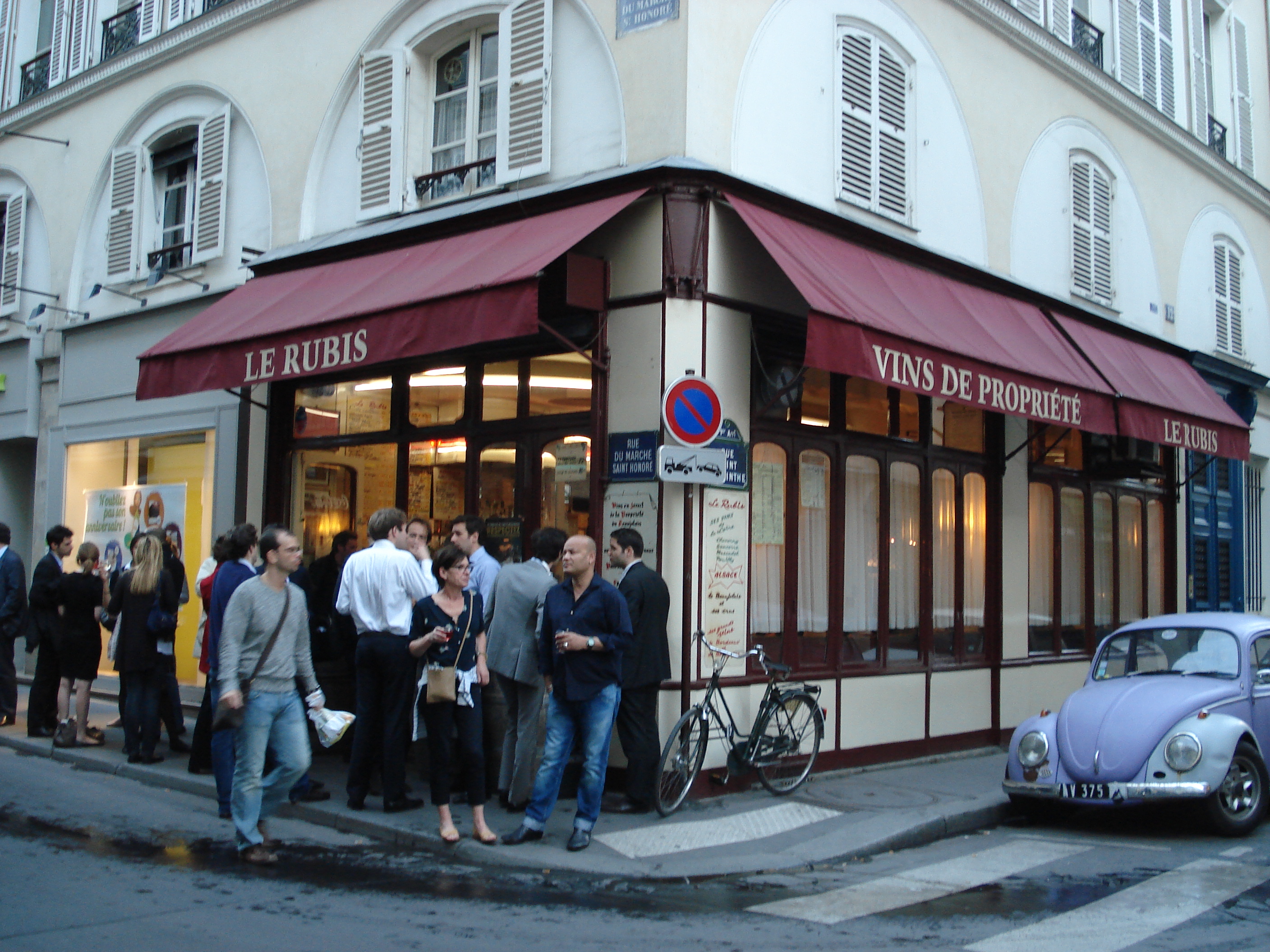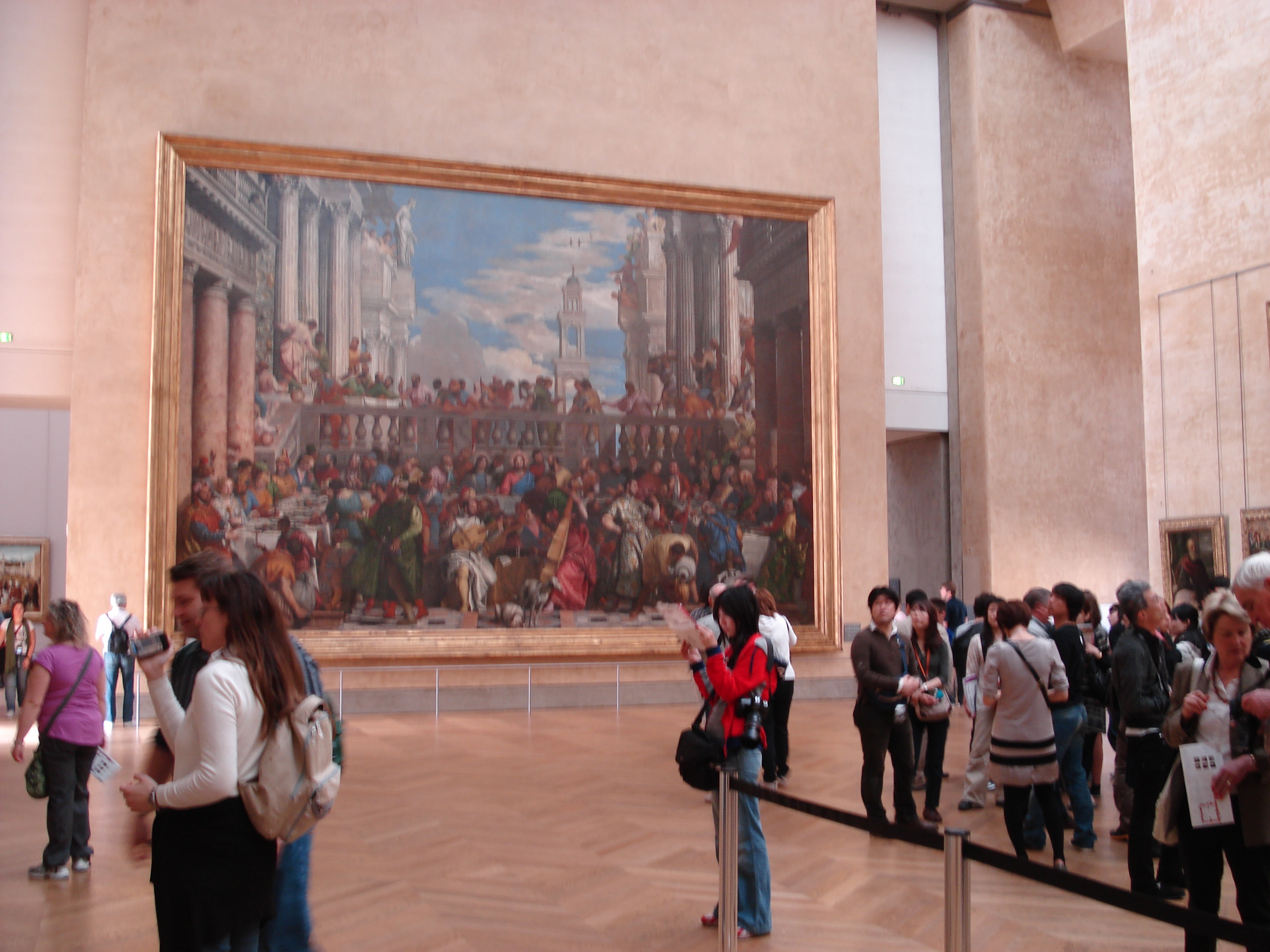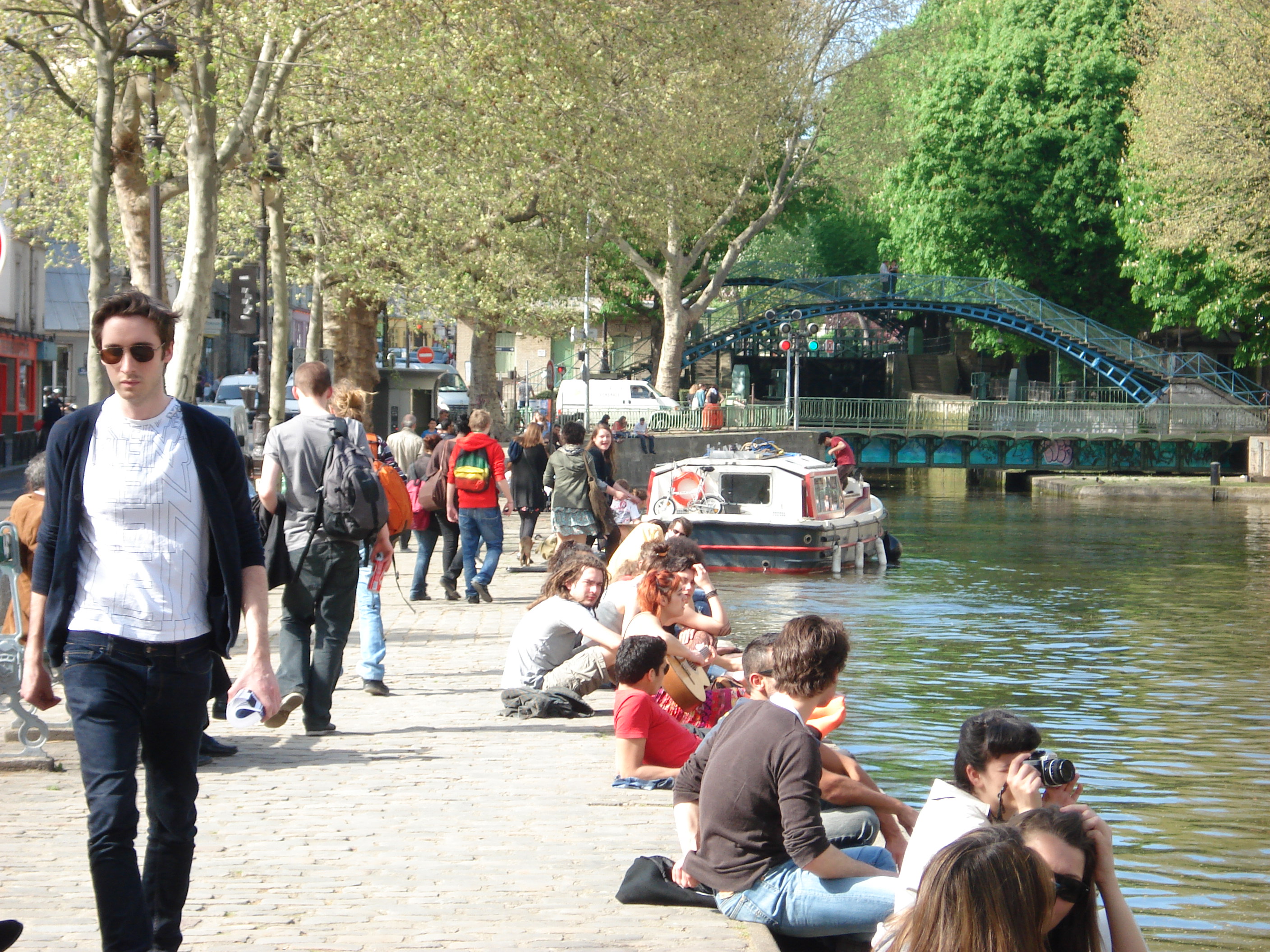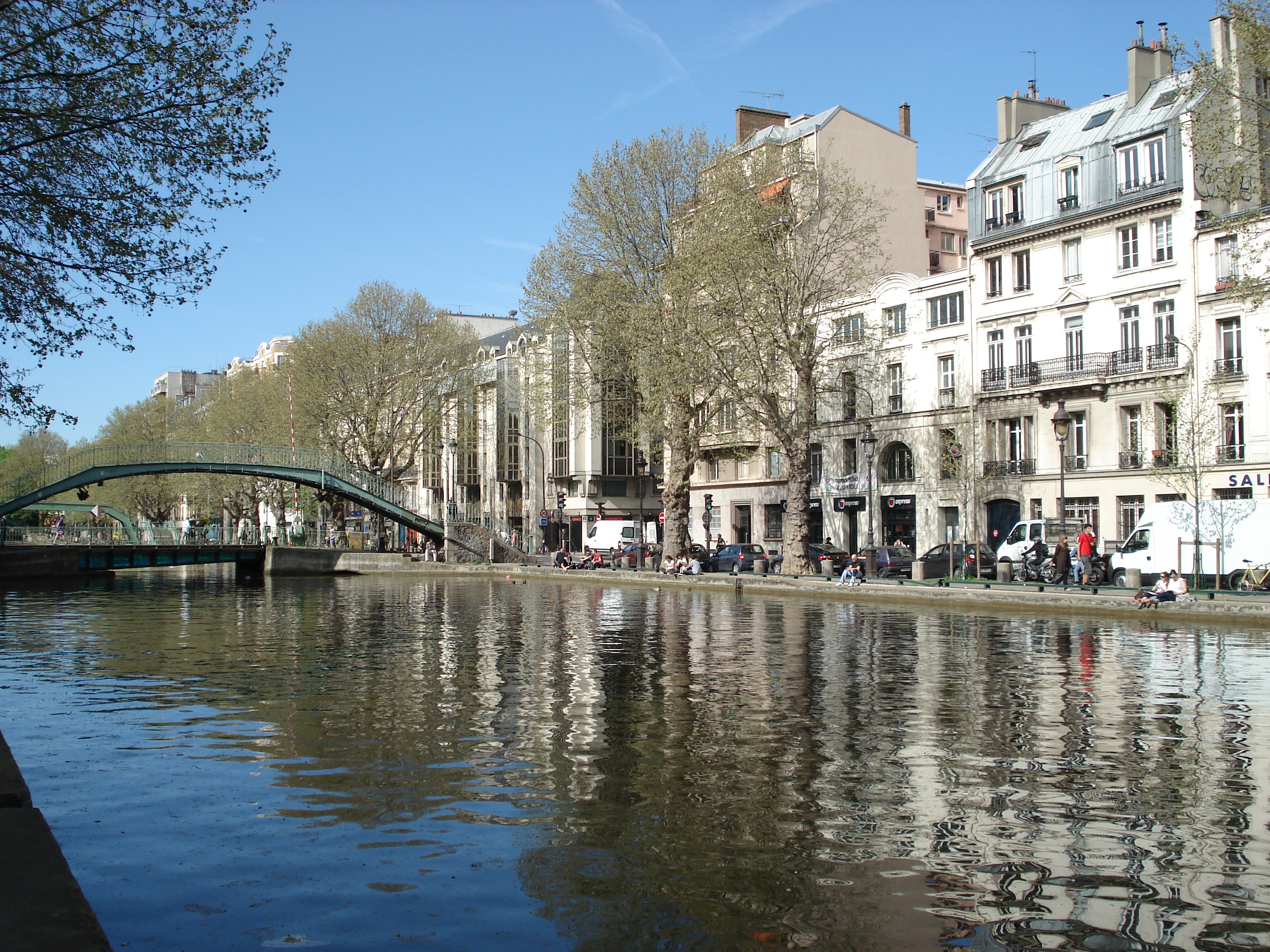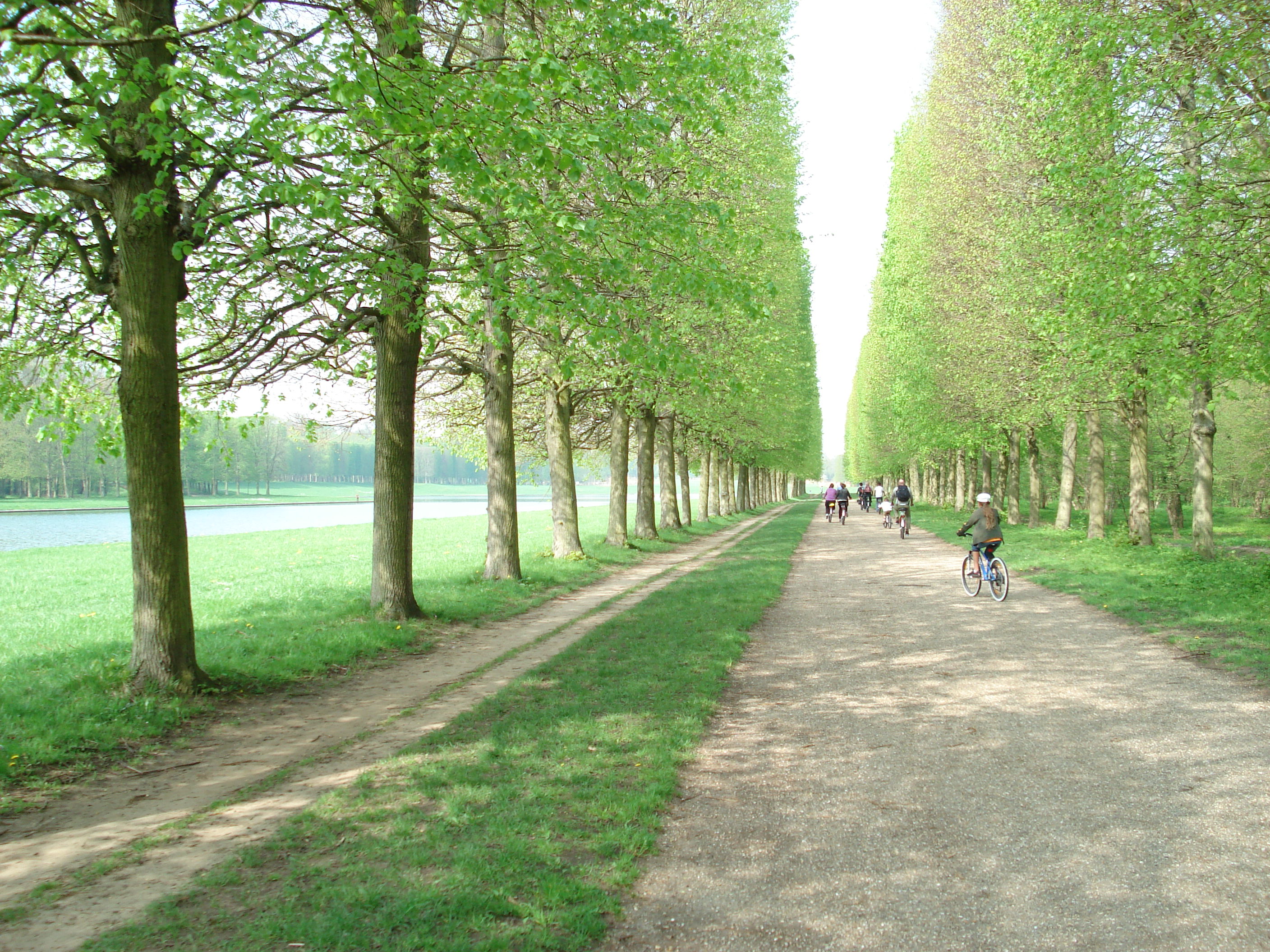In deciding to go to Moldova, the last thing that occurred to me was that there was a strong wine sector such that it’d be worthwhile to plan on a wine tasting tour of the local wines. I had NO idea Moldova made any amount of wine! A month before the trip came into my radar, I would have laughed; I mean, wine countries are typically thought of as France, Italy, Spain, Argentina, Chile and a few others. I was to re-learn the lesson to look for the unexpected in my travels such as olive oil ice cream or wine from Michigan.
As I mailed back and forth with the local guide I had found on what could be an itinerary for a 2-3 day visit, he mentioned visiting wineries. As I talked about the possibility of this trip, a fellow travel blogger mentioned that her husband had been to Moldova and he had reported enjoying the wineries he had visited. Huh? Mmm… Well, maybe I should check them out…
In doing some research, Moldova ranked 22nd in the list of wine producing countries but its production is mainly for export since the Middle Ages!! Moldova was the largest wine producing region in the Russian empire. I guess as the Ukraine was the breadbasket of the Soviet Union, Moldova was the wine barrel of Russia! (Who knew, right??) Sadly, the two World Wars, among all the destruction, destroyed the wine industry which only got re-started during the 1950s.
Moldova grows grape varietals that are local or from the region, as well as varietals introduced from France around the 19th century (Pinot Noir, Pinot Gris, Sauvignon Blanc, Cabernet Sauvignon, etc.).
Chateau Vartely – Excellent Setting for Food and Wine
Chateau Vartely was on my first day’s schedule. It was going to also be where we would have lunch. Besides the building with the restaurant and rooms for events, and besides the winemaking and storage buildings, Chateau Vartely has accommodations on offer, both rooms and VIP apartments with all the amenities of a hotel/resort – probably a great idea if one is planning to sample lots of wines! Vartely is located on a hillside which offers a great view of the land around. It was a real treat to take in the views while enjoying lunch. As you can, the weather was perfect. I wondered if these lands could talk, what stories it would tell of wars past…
We were rather hungry so we proceeded first to eat. We chose to sit outside on a large balcony that overlooked some of the property. A very pleasant place to sit down for a leisurely lunch.
This lunch was my first meal in Moldova but it would not differ much from the meal I had the night before in Iasi, Romania. That makes sense as both countries are very similar in culture and history. My meal started with a simple yet delicious broth – just the right plate to open up the appetite!
Then, for my main course, I took the advice of Dumitru, my guide (and a super guy), and went with the mamaliga along with pork (nothing better for a Cuban!). Mamaliga is polenta and, as you can see in the picture below, it is accompanied by sour cream and sheep cheese (a bit salty but I loved it). Here it was also accompanied by a small serving of eggs. The whole thing was well put together and simply delicious!
After the lunch, we toured the wine-making facilities. Nothing new to me in the tour itself as I have visited wineries elsewhere but an important part of a winery visit. From there, we moved to the wine tasting rooms – my playground! One of these rooms was full of bottles of wines from all over the world for those interested in comparing the Chateau’s wines with “comparables” from other parts of the world (the World Collection Room). I was not there to do that as I wanted to maximize tasting Moldovan wines so we moved on to the other room.
In this tasting, I was introduced to the Feteasca Alba grape that yields a nice dry white wine that is quite fruity and fresh – a white wine I can drink! The Feteasca Regala and the Merlot also merit a mention as I enjoyed them too – especially because I took the leftover from the tasting with me <grin>…
Chateau Vartely was a very pleasant experience from the food to the wine, though I have to say that the food was simply superb. It is a newer winery that combines the wine experiencing with tourism but done well and in a beautiful setting.
Milestii Mici – Great Wine and an Amazing Wine Cellar
Milestii Mici is in a category of its own when it comes to wineries – anywhere that I’ve been (Stellenbosch, Bordeaux, Hunter Valley, Sonoma, Tuscany, Mendoza, …). Let me begin with what I saw first once I got to the place as we drove in: I saw entrances at the bottom of the hill to my right. The entrances looked like the entrances to small tunnels – very intriguing… More on that as this write-up progresses…
The Garden and Fountains
My first stop out of the car was the amazing little garden area near the store and main offices. Besides the pretty flowers and all that stuff relevant to a well-designed garden, what caught my eye were the two fountains in the midst of the flowers… One for red and one for white…
Is anyone else having heart palpitations looking at this ungodly scene???
There ARE more sober pictures of me from this trip. Somewhere. OK, let me get past the garden, I have quenched my thirst…
On to the store, which is built into a tunnel itself. It not only sells the wine, but also shows a few of the tools used in older times to make the wine.
The Tunnels and Cellars
So on we go and we get back in the car to continue our tour of Milestii Mici. Yes, back in the car so we can enter the tunnels of this incredible winery. You see, this winery is using the tunnels dug up when limestone was being mined here to build all those “lovely” Soviet buildings and other structures with better looks and uses.
To be more precise, this winery has 160 miles (250 km) worth of tunnels out of which 75 miles (120 km) are currently being used to store over 2 million bottles of wine, making Milestii Mici the world’s biggest wine cellar. (My basement cellar pales a little.) These limestone tunnels keep a constant humidity and temperature throughout the year. Bottles are cellared here for DECADES before they are sold. And many an important collector actually pay to store their wines here (not just their Milestii Mici wines).
“99 bottles of wine in the wall, 99 bottles of wine. Take one down, and pass it around… 98 bottles of wine in the wall…”” (never mind, I WON’T pass it around – it’s mine to keep!)
We drove along the road (another tunnel) and got off at different points to see the different areas of the wine cellars. One of these had a false wall that looks like the ones above built in the 1980s. See, Gorbachev decided then that alcohol was a problem in the good ole Soviet Union and banned alcohol <the reader gasps>. The folks in this winery held a treasure trove of good wine so they built this fake wall so they could hide all these bottles which otherwise would have been destroyed by zealots.
After exploring the tunnels and great use, finally, the great moment came: the wine tasting!! I could have done a lunch paired with the different wines but, alas, my time was short that afternoon as I had a plane to catch to return to Romania.
So, a simple wine tasting was it for me. My favorite: the dessert wine – Margaritar.
I love dessert wines (such as Sauternes) and this one delivered! I waited until I was in duty free at the airport to buy some as I was not clear on security requirements/constraints at the airport so I did not feel like risking buy a bottle to lose it at the airport…
When I decide to open that dessert wine from Milestii Mici, I will remember that amazing winery with one of the most unique wine cellars I have ever seen! If you make it to Moldova, do NOT miss Milestii Mici and make sure you also check out Chateau Vartely and other wineries in Moldova!
If you are looking for an unusual destination (at least for those of us who live far from Eastern Europe), I highly recommend Moldova for a true off-the-beaten-path set of experiences, one of which is a good wine tour around their finest wineries. Of course, the massive underground wine cellar should also make it to a “things to see” list in Moldova!!
I received no services or products for free or at a discount in exchange for this piece. I write out of my pure enjoyment of the experience and the great discoveries I made in Moldova!





























































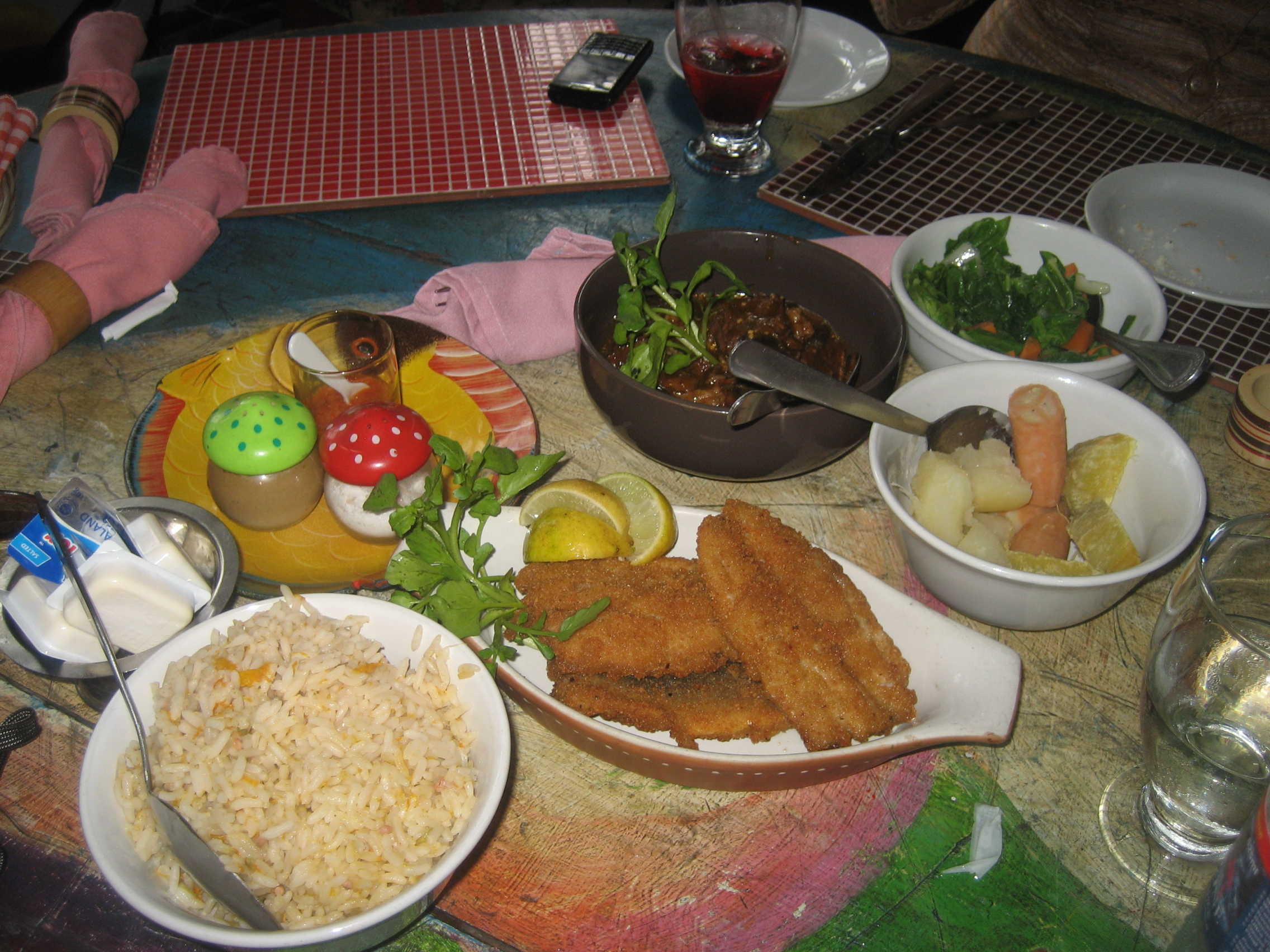
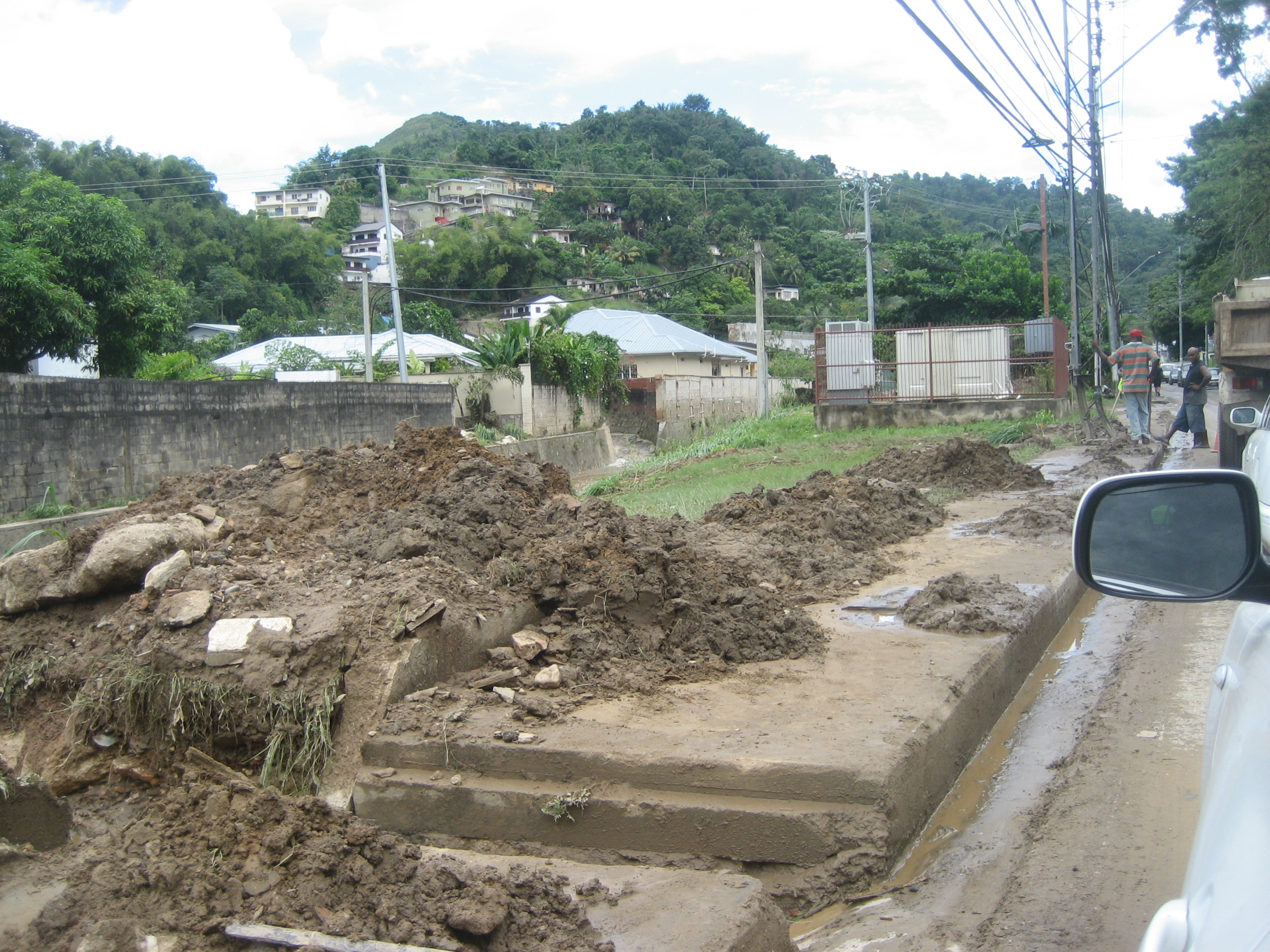


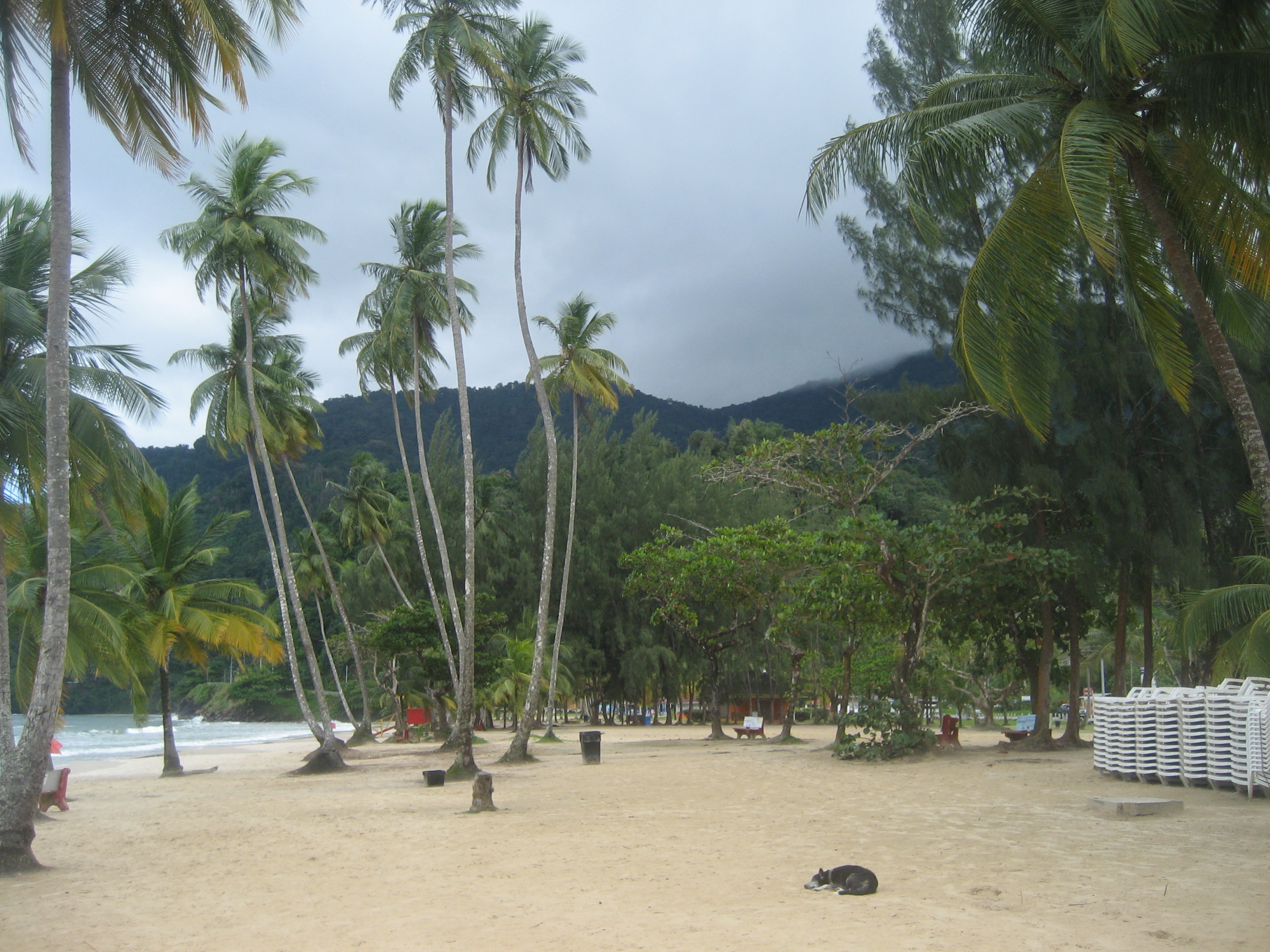


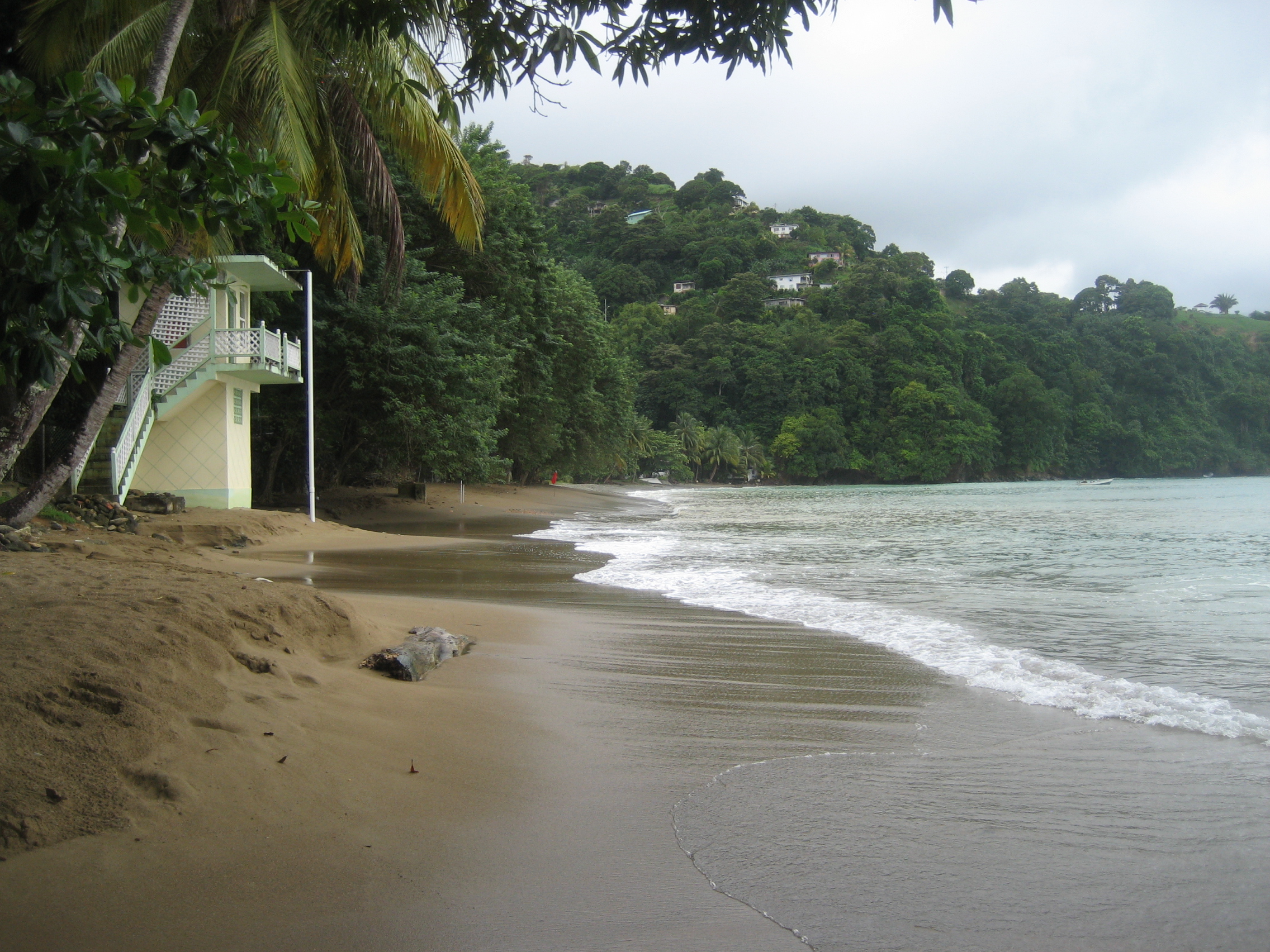
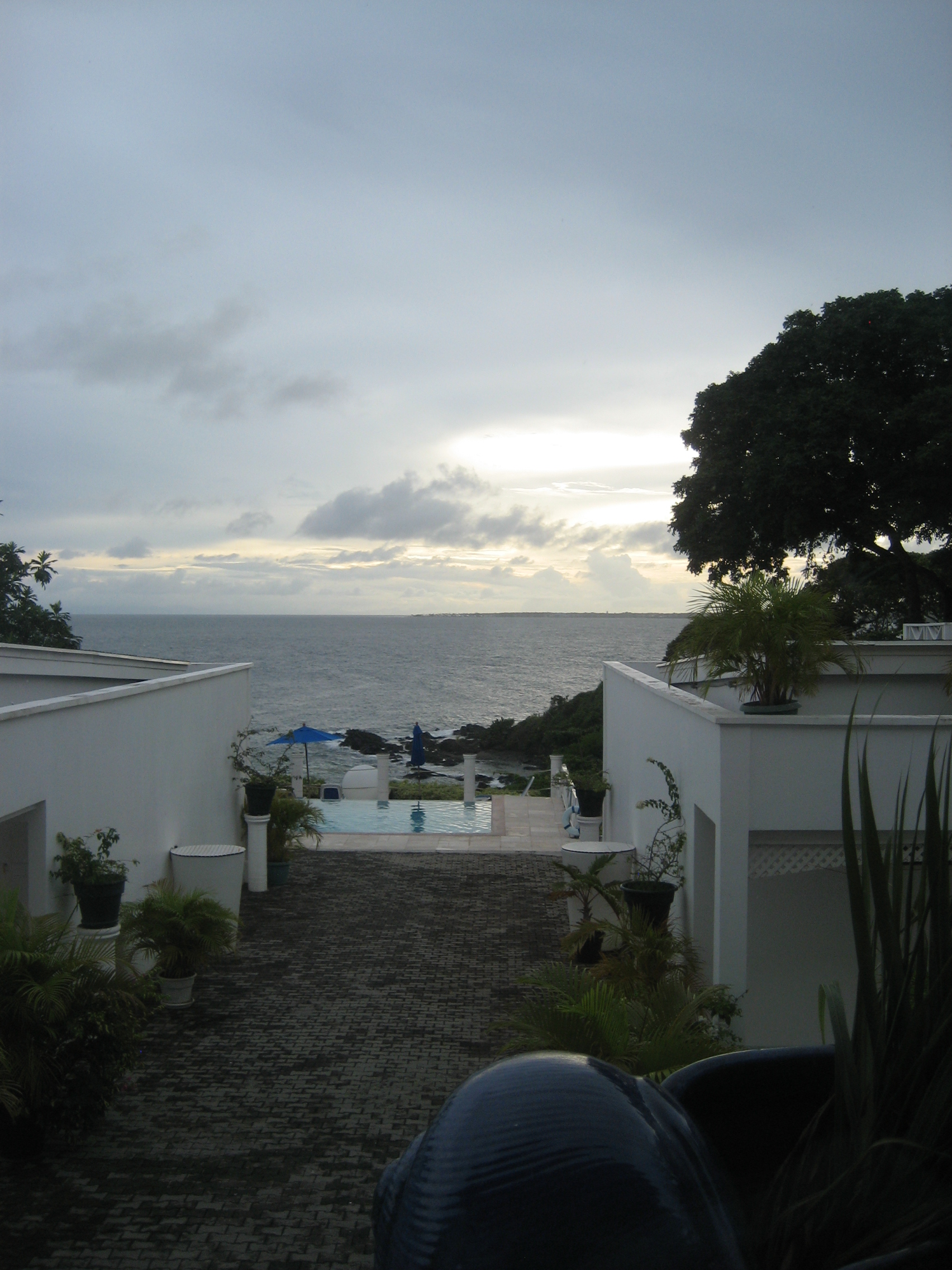







 I actually would like to return sometime, try staying in different parts of the island. However, I would also like to explore other Greek isles. The problem is which and how much time can I take to do it!
I actually would like to return sometime, try staying in different parts of the island. However, I would also like to explore other Greek isles. The problem is which and how much time can I take to do it!